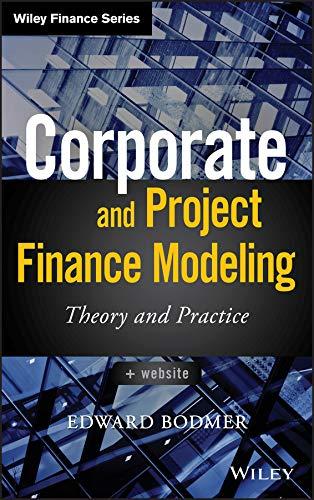Part 1- True of False 1. A middlemian is a basinem firm this renden services directly relited to the purchase andor sale of s prodict as it flows from producer to wholesaler 2. A channcl of distratution always lacludes boch the productr and final eustome for the product in its present fortn as woll as any middlemen. 3. Merchant wholesalers have the bigheat average operating expenses and agent wholesaling middlemen the lowert. 4. A manufacturers' apent represents several noncompeting manufactures of completely unrelated merchandise: 5. A salesperson selling insurance door to door is an example of a retailer. 6. A manufacture of beating systems for office buildingr would most likely ese peronal selling as the main ingredient in its promotional mix. 7. Genenlly, the lesse amount of promotion is required for a product in the maturity stage of its product life cycle. 8. A pall stratogy would most likely be used by a small manufacturer who could not afford to advertise extensively. 9. In order for a sales person to qualify a prospert, the prospost need anly have a willingness to buy. 10. The high turnover rute in sales personel is primarily due to poor compensation. 11. The three widely used methods of compensating a sales force are striight salary, straight commission, and a combination plan (salary + commission). 12. An advertisement for Koxy Kitten cat food tells cat lovers that eat owners love its price and that cats love its taste. This is an example of selective demand advertising. 13. An sdvertisement for Knox gelatin showed how it was the 100 percent narural snack food and that Jell-O gelatin was not. This is an example of comparative advertising. 14. Ordinarily, advertising is the only promotional tool used by retailers. 15. Billboards are an excellent medium for detailed messages. 16. In-Store displays, coupons, premiums, trade shows, and contests are all forms of sales promotions. 17. A major function of sales promotion is to serve as a bridge between advertising and personal seliling. 18. Sales promotice tools are short-run, tactical actions. 19. The COVID-19 pandemic forced retailers to rapidly adapt to a changing enviroement. 20. Selective distribution is a strategy in which producers of convenience goods stock their products in as many outiets as possible







